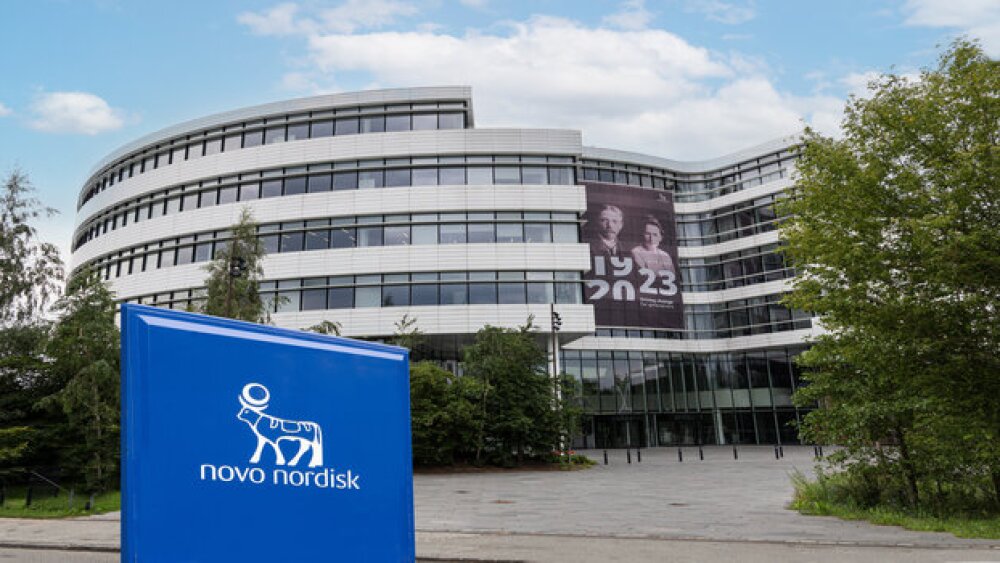June 2, 2016
By Mark Terry, BioSpace.com Breaking News Staff
Basel, Switzerland-based Novartis opened a new $1 billion research facility today on the outskirts of Shanghai, China. The facility, which can hold up to 1,300 workers, is the company’s third major research center, joining facilities in Basel and in Massachusetts.
The Chinese center will focus on diseases more common in China, such as lung, liver and gastric cancer. The campus has seven buildings.
“The commitment that Novartis is making in China is bigger than anybody else in the industry,” said Joe Jiminez, Novartis’ chief executive officer, to Bloomberg. “We expect Shanghai to ramp up relatively quickly.”
Jiminez also says that innovation is part of the company’s strategy in China, where there is a tightening of drug prices, just like in the U.S. “As long as you’re innovative and not making me-too drugs, you’re going to be fine because those drugs will always be reimbursed.
According to Fortune, “In China, prescription drugs drive around 40 percent of total healthcare spending compared to 15 percent in the U.S., so the government has preferred generics to cut costs.”
Drug companies have had some problems doing business in China. In March 2015, Novartis settled with the U.S. Securities and Exchange Commission (SEC), agreeing to pay $25 million in fines after it bribes health professionals in China from 2009 to 2013. The U.K.’s GlaxoSmithKline was the most notorious, required to pay a $500 million fine to the Chinese government over bribery and corruption charges that also involved a sex scandal, prison terms, and the deportation of the company’s China manager.
China’s drug discovery activities are also not as robust as in other countries, partly because of regulatory obstacles, such as a slow registration process for new drugs. Chinese drug approvals take double the length of time as they do in the U.S.
But the Chinese government is taking steps to fix that problem. Price controls on hundreds of Western drugs were lifted last year, and the government is investing more in research.
“The country has made a commitment to build a domestic pharmaceutical industry,” Jiminez told Fortune. “So they’re spending about $200 billion a year on research and development, second only to the U.S. and this has been going on for a number of years. At least the last five. They churn out 30,000 PhDs a year in science and engineering. Far more than the U.S. or Europe. We see about 2.5 million graduates a year in the STEM fields, which is fives times the U.S.”
He also points out that the first drug Novartis fully discovered in China will be entering the clinic soon. It is to treat liver fibrosis.
When asked by Fortune about drug sales in China, noting that in the company’s latest fourth quarter China growth was only 5 percent, Jiminez said, “Single-digit growth is going to be the new normal in China. We had consistently seen 11 percent or 12 percent growth five or six years ago. The economic slowdown has led to a slowing because a lot of pharmaceuticals in China are still paid out-of-pocket. But we’re saying, look, when you compare to U.S.’s 1 percent to 2 percent growth or Europe’s 1 percent, it’s pretty good.”





